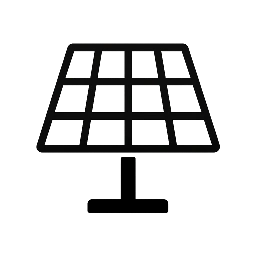In the remote village of Quinhagak, Alaska, a recent severe storm has unearthed a treasure trove of ancient artifacts, stirring great interest among archaeologists and historians alike. Buried for centuries in the frozen permafrost, these items have been remarkably preserved, offering a captivating glimpse into the lives of indigenous communities from long ago.
A Storm Unleashes History
The storm that recently battered Quinhagak was fierce, causing significant landscape changes. In its wake, as the permafrost thawed and eroded, it revealed a vast array of artifacts including tools, weapons, and personal items. These objects provide invaluable insights into the everyday lives of the Yup’ik people who have lived in this region for thousands of years.
The Significance of Permafrost Preservation
Permafrost, a thick layer of soil that remains frozen year-round, has played a crucial role in preserving such artifacts over millennia. In Quinhagak, the permafrost has served as a time capsule, keeping organic materials such as wood, bone, and ivory intact. This is particularly important because organic artifacts are often lost to decay in other environments. The recent storm, combined with global warming trends, accelerated the thawing process, bringing these hidden relics to the surface.
Discoveries That Illuminate the Past
Archaeologists working in Quinhagak have been astonished by the variety and condition of the artifacts. Among the finds are intricately carved wooden masks, hunting tools, and everyday household items. Each piece tells a story – from the functional to the ceremonial – painting a vivid picture of the culture and ingenuity of the Yup’ik people. The presence of these artifacts allows researchers to better understand ancient practices and social structures, offering a direct connection to the ancestors of today’s native communities.
Challenges and Opportunities in Preservation
While the discovery of these artifacts is thrilling, it also presents numerous challenges. The rapid thawing of permafrost due to climate change poses a threat to the long-term preservation of these cultural treasures. Immediate steps must be taken to protect and conserve them once they are unearthed. This often requires delicate and painstaking work, as well as the collaboration of local communities who possess invaluable traditional knowledge.
At the same time, there is an opportunity for education and cultural revival. Exhibits showcasing these findings can foster greater awareness and appreciation for indigenous heritage both locally and globally. Furthermore, this archaeological work can empower native communities, Banjir69, Banjir69 login giving them a platform to share their history and traditions.
Conclusion
The Quinhagak permafrost storm has gifted the world with an unexpected and precious window into the past. As we marvel at these ancient artifacts, we are reminded of the resilience and resourcefulness of the Yup’ik people. It is a call to action to preserve these relics for future generations, ensuring that the legacy of these native communities continues to inspire and educate. While modern technology and traditional knowledge are crucial in this endeavor, so is our collective commitment to safeguarding our shared human history.

Leave a Reply